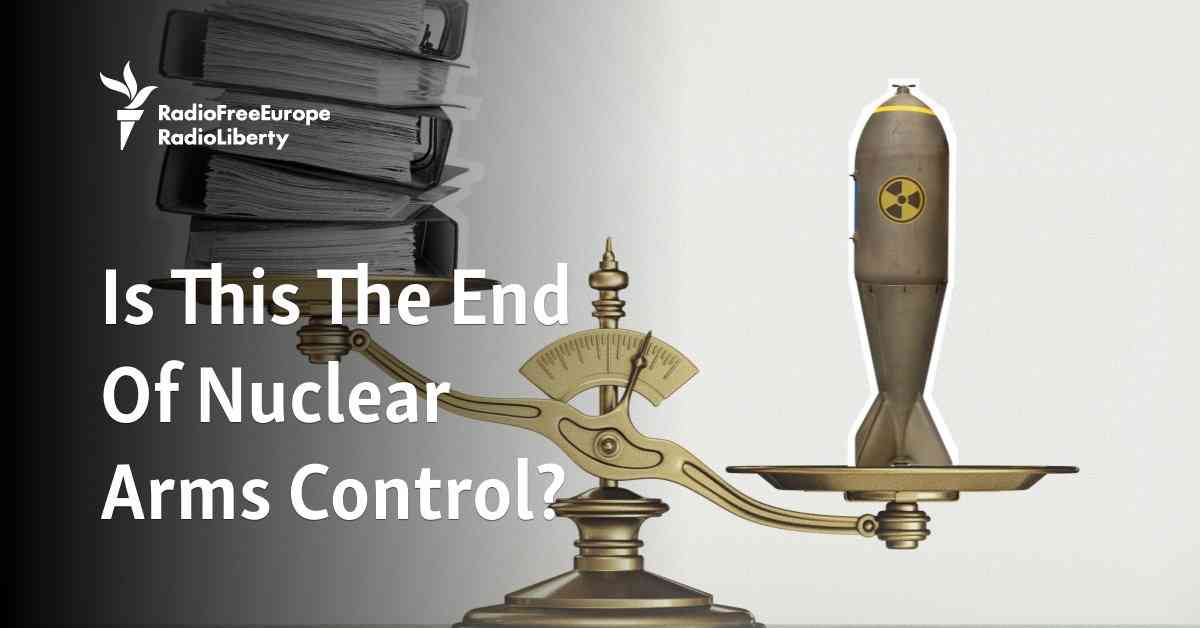In 2022, U.S. President Joe Biden issued a warning, expressing concerns about the increasing threat of nuclear weapons use. This warning came in the midst of Russia’s Vladimir Putin facing setbacks in the Ukraine conflict and hinting at the possibility of resorting to nuclear weapons if Russia’s territorial integrity is challenged. While some experts doubt the usefulness of nuclear weapons in achieving military objectives, the risk of a new nuclear arms race looms large.
Over the years, Russia and the United States have withdrawn from several arms control treaties, leaving only the New START treaty in force, set to expire in 2026. The absence of a replacement treaty would mean that both countries could deploy unlimited nuclear warheads and delivery vehicles for the first time since the START I treaty came into effect in 1994.
The erosion of arms control treaties began with the U.S. withdrawal from the Anti-Ballistic Missile Treaty in the early 2000s, which led to subsequent treaty exits, including the Intermediate-Range Nuclear Forces (INF) Treaty. These treaties had significantly reduced the number of deployed warheads from over 60,000 in 1987 to less than 10,000 in 2011 when New START was signed.
The emergence of new adversaries, such as China’s expanding nuclear arsenal, poses challenges to future nuclear negotiations. The U.S. under the Trump administration sought to involve China in arms control agreements, highlighting the need for a trilateral nuclear treaty. China’s substantial nuclear force growth raises concerns about the potential escalation of a new arms race if existing treaties expire without replacements.
The Strategic Posture Commission’s report underscores the necessity for the U.S. to enhance its nuclear capabilities to address evolving threats from Russia and China. As both countries invest in modernizing their nuclear arsenals, the risk of a new nuclear arms race intensifies. Russia’s recent tests of advanced heavy ICBMs and the unveiling of new weapons systems indicate a renewed focus on bolstering its nuclear capabilities.
Against the backdrop of deteriorating relations between major nuclear powers, the deployment of nonnuclear cruise missiles to Germany and reports of nuclear deployments in Belarus add to the growing tensions. The possibility of a broader nuclear conflict triggered by regional disputes or external involvement remains a concern.
In conclusion, the world stands at a critical juncture where the future of nuclear arms control hangs in the balance. The absence of new treaties to replace expiring agreements could lead to a dangerous escalation of nuclear capabilities among major powers. As the specter of a new nuclear arms race looms, global leaders must prioritize dialogue and cooperation to prevent a catastrophic scenario reminiscent of the Cold War era.












